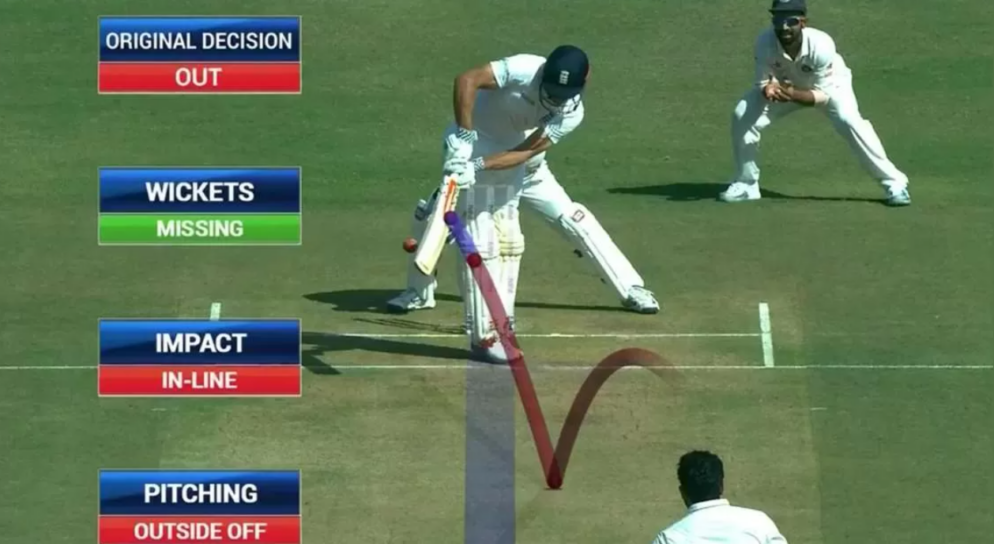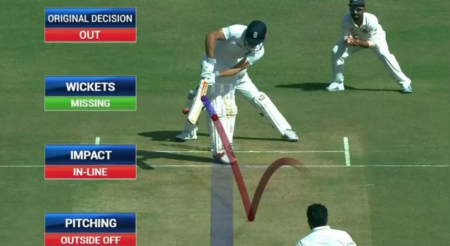

Cricket is a sport which features a battle between batters and bowlers. The batters try to score runs on a field of no more than 90 metres, and the bowlers and fielders try to dismiss the batters and stop the flow of runs.
Bowlers have a range of options on how they can take the batter’s wicket once the ball is legally delivered across the 22 yards pitch. One of these methods is called leg before wicket. If a bowler’s delivery goes on to hit the legs of the batter without contacting their glove or bat, and if the ball would have gone on to hit the stumps had it not been for the batter’s legs, then the players can appeal for a leg before wicket.
The leg before wicket rule though has a few particular rules. Firstly, the ball needs to pitch in line of the stumps or towards the off-side of the batter. Secondly, the projected trajectory from the ball tracking technology must reveal that the ball would have gone on to hit the stumps.
Before the ball-tracking takes the centre stage, the umpires first check if the ball initially didn’t hit the bat or glove. If the ball hit the legs first, then ball tracking is opted for. As mentioned above, the impact of the ball must be “in-line” before the ball tracking predicts the path of the ball. This means that the bowl must either pitch in line of the stumps or outside the off stump. However, if the bowler pitches the ball outside the leg stump, then an impact outside is called and the player remains not out.
The reason why pitching outside the leg is not out and that pitching outside the off stump is allowed for further ball tracking is to avoid the batter from getting any undue advantage by moving across the line. Thus, impact outside is a feature of the umpire decision review system to disallow any negative play from the bowlers.




